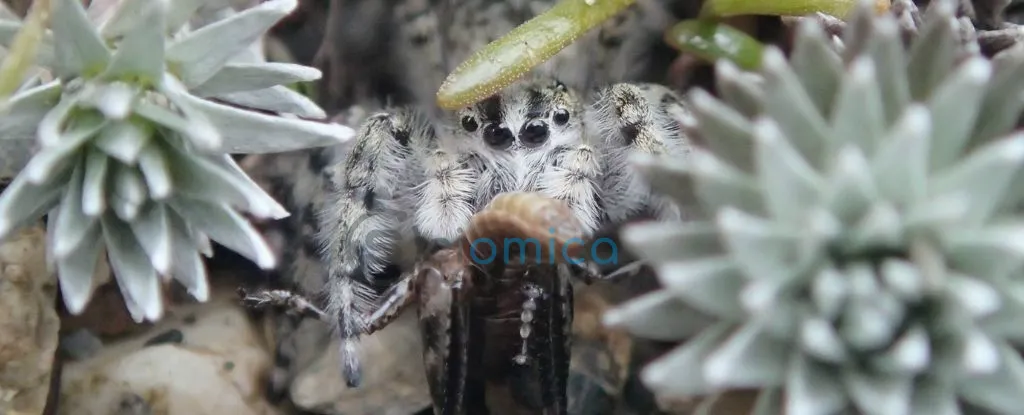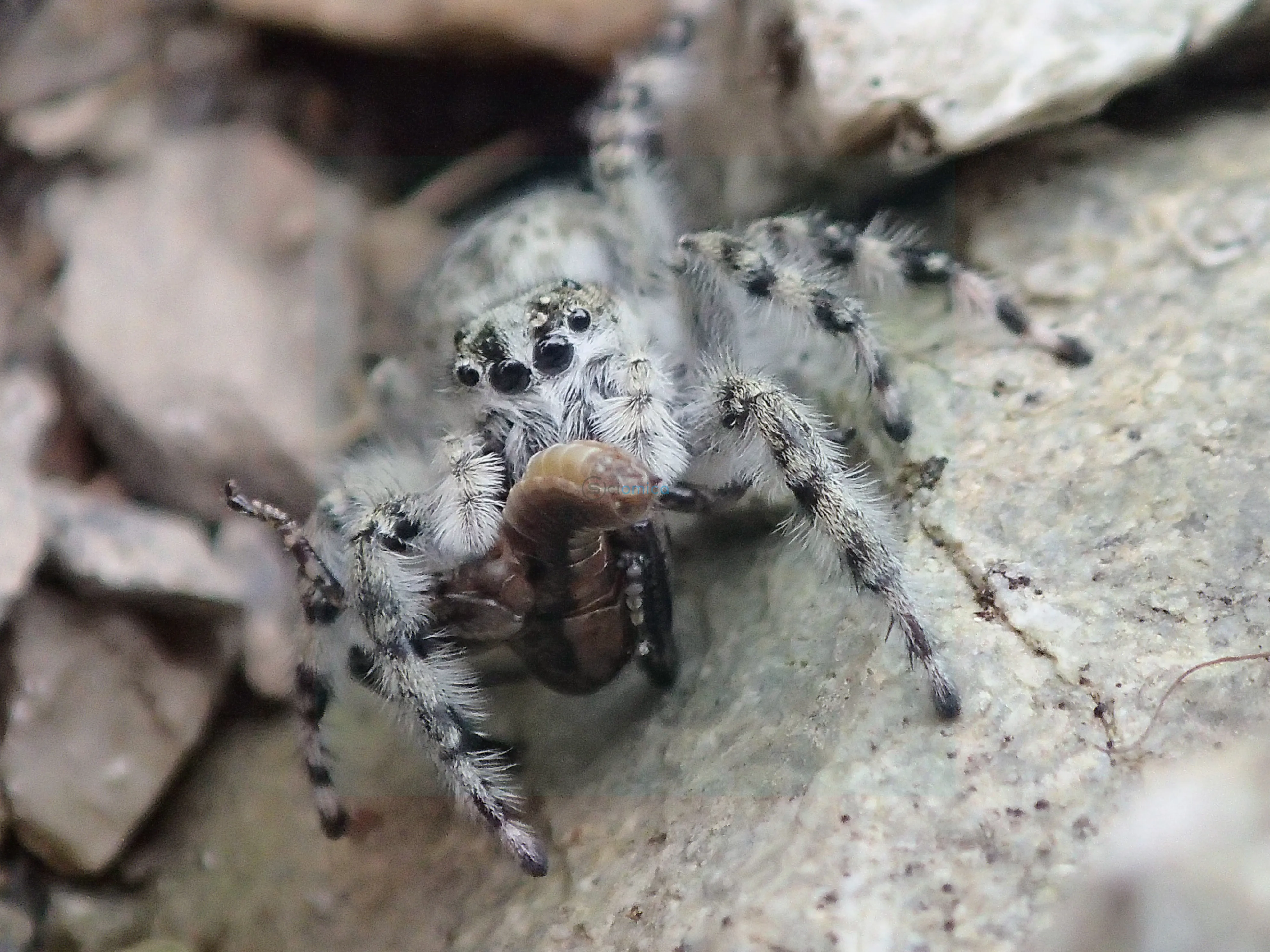
A team of biologists has unveiled a new genus of jumping spiders in New Zealand, marking a significant addition to the country’s diverse but under-explored arachnid population. The genus, named Ourea, comprises 12 distinct species that have successfully evaded identification until now, thriving in the rocky alpine zones of the South Island.
The discovery comes as no surprise given the challenging habitats these spiders occupy, as well as their remarkable camouflage. The alpine region of New Zealand is characterized by extreme conditions, where the land rises above tree line but remains below permanent snow cover. With 11% of the country’s terrain falling into this category, surviving species must endure intense UV radiation, high winds exceeding 180 kilometers (112 miles) per hour, and temperature fluctuations ranging from -15 °C to 27 °C (5 °F to 80 °F).

Researchers Robin Long, Cor Vink, and Adrian Paterson from Lincoln University embarked on a rigorous expedition across the rocky terrain of the alpine zone to gather a total of 170 jumping spiders, including specimens from lower-altitude rocky sites. The name Ourea pays homage to the mountain deities of Greek mythology, reflecting the challenging environment in which the spiders live.

Of the newly identified species, ten were found to inhabit only the alpine zone, while two were primarily found above the tree line. “The spiders were either captured from the ground surface or from silken tent-like shelters they build under rocks, which was challenging due to their swift movements,” the researchers reported. The spiders’ cryptic morphology allows them to blend seamlessly into their rocky environments, making them extremely difficult to spot unless in motion.
The spiders showed a preference for rocks covered in crustose lichen, possibly because the stable substrate supports a small ecosystem of prey species. The biologists managed to collect enough specimens to distinguish the species, primarily through the morphological differences in their genitalia.
The addition of Ourea to the New Zealand landscape highlights the need for further exploration into the country’s rich but often overlooked diversity of jumping spiders, of which only a quarter have been previously documented. Details of the discovery were published in the New Zealand Journal of Zoology.






